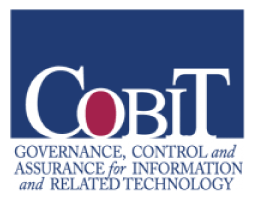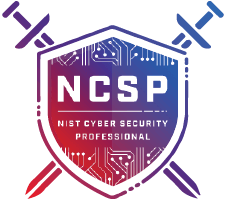Many teachers have used “First ___, then ____” statements in planning lessons for teaching with their students with autism. For example:
- First complete the math problem, then you can use the iPad.
- First match the objects, then you can listen to music.
As adults, we also use “First ___, then ____” statements in our everyday lives. For example:
- First exercise, then you can get on social media.
- First finish your work project, then you can watch your favorite TV show.
Essentially, this method of using “First ___, then ____” statements is a behavioral analytic strategy called the Premack principle. The Premack principle was originated in David Premack’s (1965) research with animals and is defined as “A principle that states that making the opportunity to engage in a high probability behavior contingent on the occurrence of a low frequency behavior will function as reinforcement for the low frequency behavior” (Cooper, Heron, & Heward, 2007, p. 271).
The Premack principle can be used to increase desired behaviors by allowing engagement of a preferred or liked activity contingent on them displaying the disliked or not preferred behavior. For a student that spends much more time playing with toy cars than learning site words, a contingency based on the Premack principle might be, “When you state your site words (low frequency behavior), you can play with your toy cars (high probability behavior).”
A child with autism may engage in certain preferred behaviors in high frequency such as:
- Self-stimulation
- Perseverative interest
- Repetitive behaviors
Therefore, they may disengage in behaviors and activities that may be asked of them. Teachers can be successful in motivating students with autism to attempt tasks that were previously less preferred or difficult if they plan their instruction to follow a disliked activity with a liked activity as the Premack principle states.
A few tips to successfully use the Premack principle are:
- Find a “then” (high probability behavior/activity) that is reinforcing for the student. If the high probability behavior/activity does not increase the low-frequency behavior, then find a “then” that does.
- Always and immediately (as soon as possible) provide the “then” (high probability behavior/activity). The high probability behavior/activity will be reinforcement for the low probability behavior only if it is followed after the low probability behavior.
References: Cooper, J., Heron, T., & Heward, W. (2007). Applied Behavior Analysis (2nd ed.). Columbus: Pearson.











